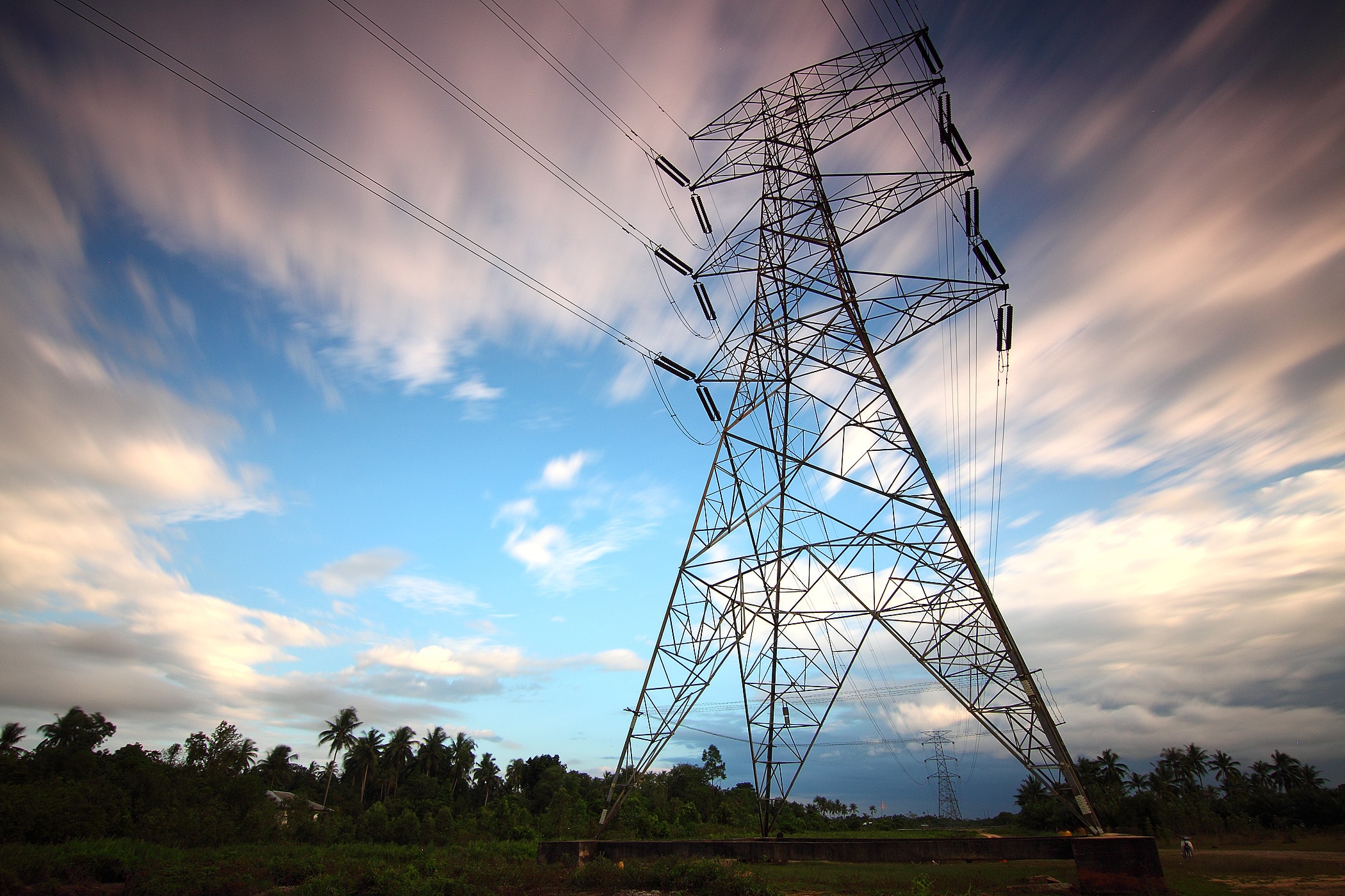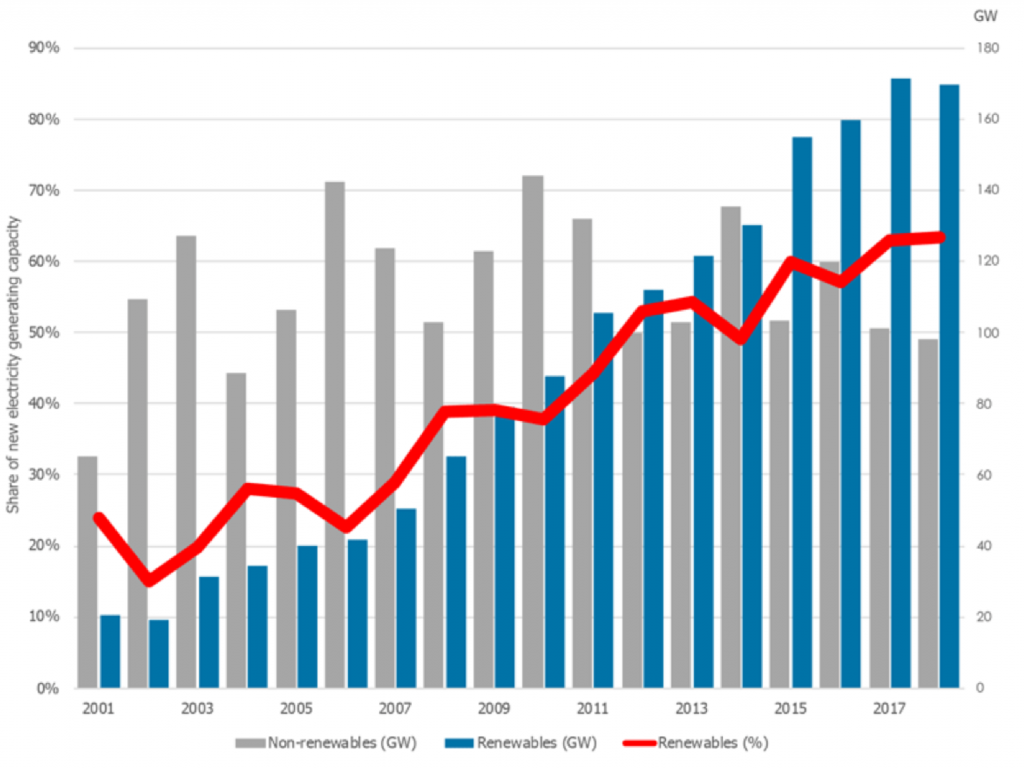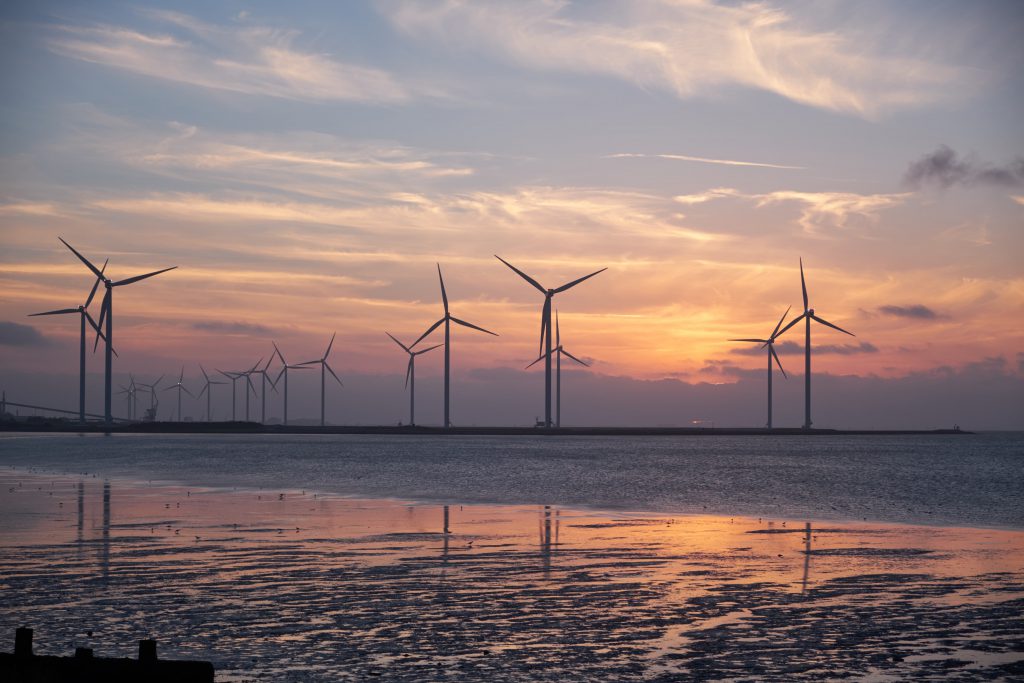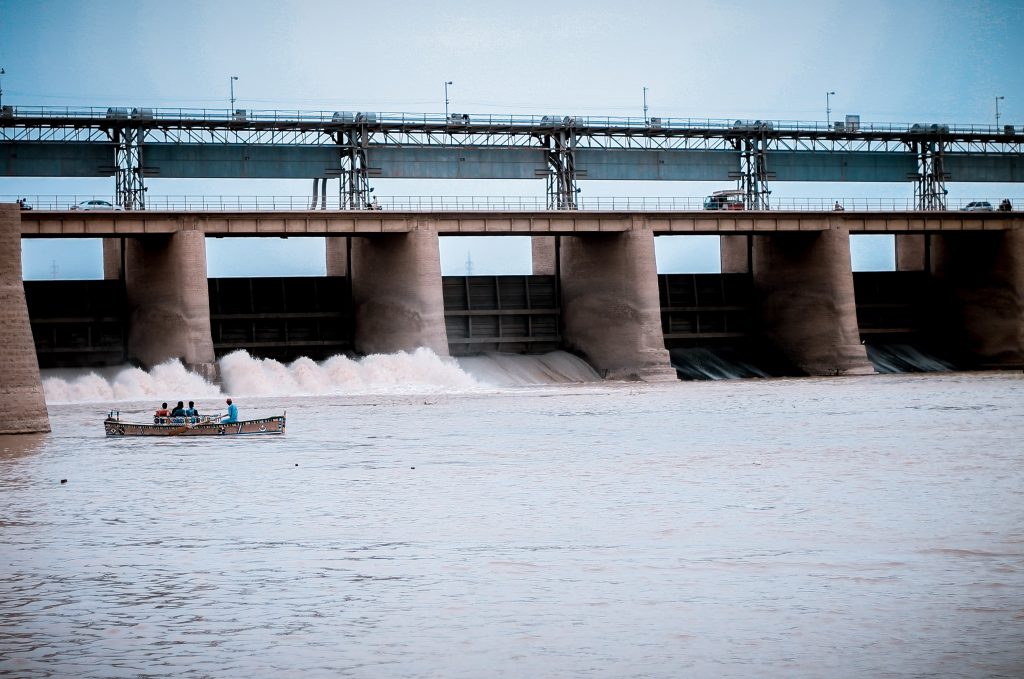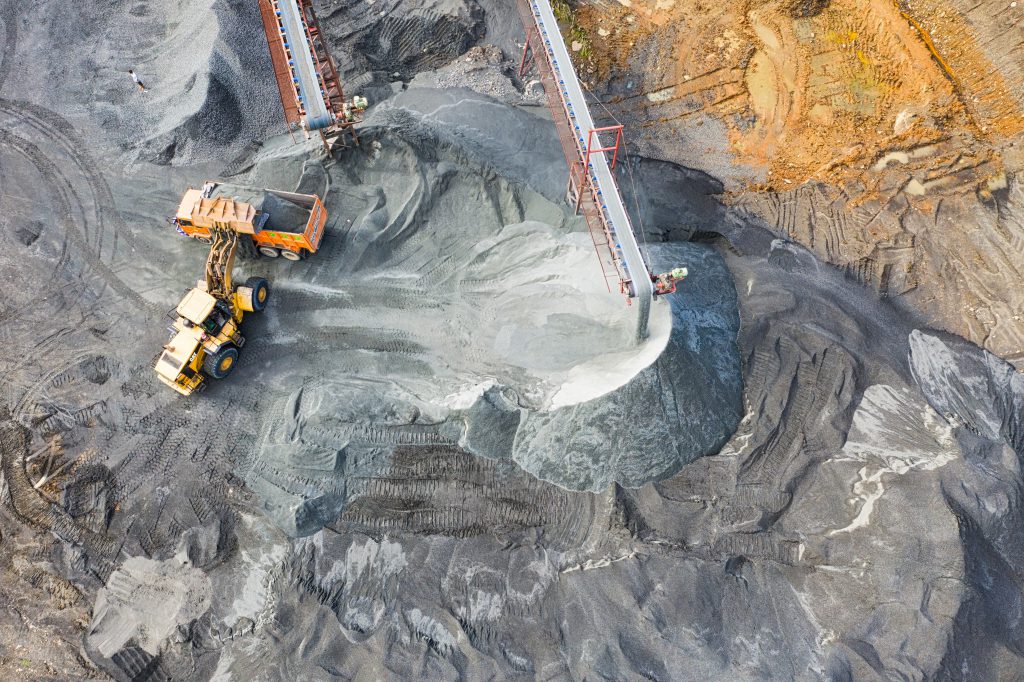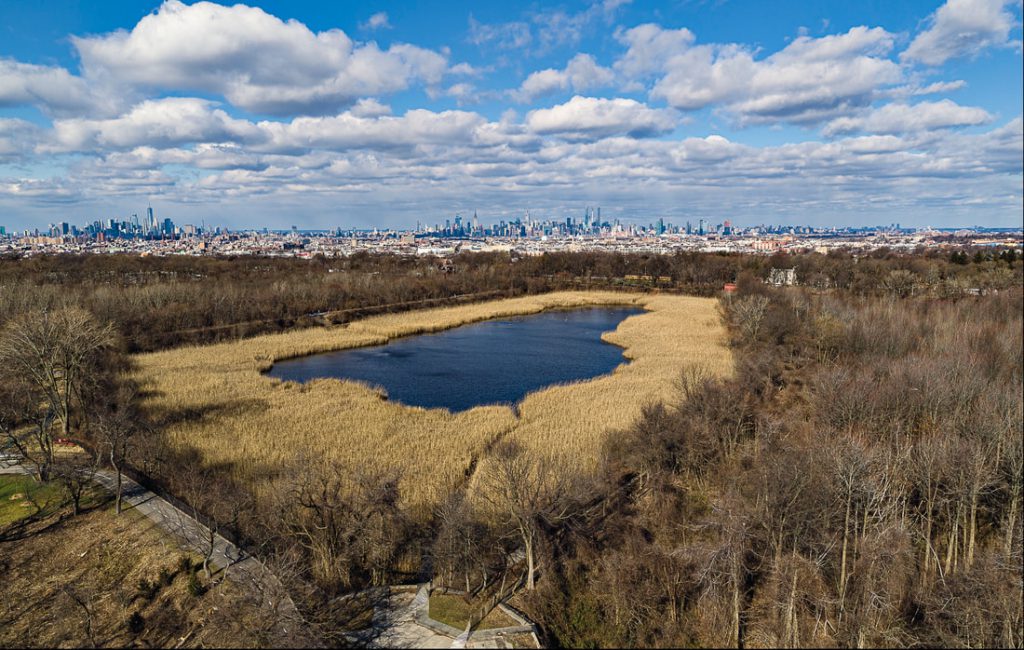Keeping up with the evolving renewable energy industry can be tough. We’re here to help break it down for you.
Across the world, cutting-edge advancements in renewable energy are mitigating climate change. Costs are declining, accessibility continues to grow, and innovative solutions are combating the negative effects of antiquated energy practices.
It’s an exciting time in the energy industry, but with so many new advancements and talk full of technical jargon, it’s not always easy to keep up. Still, if we can see through all the weeds, we find that most common questions around renewable energy are quite simple!
To meet the aggressive climate goals that are being set around the world, everyone needs to participate. First, though, people need to understand what they’re getting involved with–so renewable energy literature needs to be comprehensive and easy to understand.
If you’ve ever left a conversation on clean energy scratching your head, we’ve got you covered. Here are 5 frequently asked clean energy questions explained.
Table of Contents
What is renewable energy?
This may seem like an obvious answer, but don’t be fooled — there’s more to this question than meets the eye. One of those pesky misconceptions mentioned above is that renewable and clean energy are the same. They are not. While renewable energy is clean energy, not all clean energy is renewable. And we wonder why people get confused…
Renewable energy is produced through natural sources that replenish themselves. Two of the biggest contributors to renewable energy production, for instance, are wind and solar energy. Whether we harness them for energy or not, the wind will continue to blow and the sun will continue to shine.
Clean energy is any form of energy production that emits little or no carbon or other pollutants. The key characteristic here is low carbon emissions, because that encompasses more than just renewable power. Nuclear energy, for example, is considered clean, but not renewable.
Not only are things like oil, gas, and coal nonrenewable, but they are unevenly distributed around the globe. If you brush up on some history, you might remember how dependence on another country for energy exports has caused turmoil. Renewable energy is available everywhere, which makes it more reliable for our economy and security. Some parts of the world may be sunnier or windier than others, but every country has access to enough renewable resources to meet their needs.
How much of the world’s energy comes from renewable sources today?
Renewable energy accounts for around one-third of global power capacity and counting. Hydropower, or power generated from falling or fast-running water, captures most of the renewable market globally, but wind and solar are catching up; wind power just surpassed hydro as the top renewable energy producer this past year.
The good news is that hydro hasn’t declined; wind power has simply grown more quickly. Indeed, renewable electricity generation as a whole is expected to rise to 45 percent by 2040 around the globe according to the Center for Climate and Energy Solutions.
International Renewable Energy Agency
What are the land impacts of renewables?
As with any new technology, the renewable market isn’t immune to skepticism. Critics are quick to point out that renewable energy isn’t perfectly clean. It takes energy to make energy, and there are impacts to the land that renewables require.
The Good
Even though solar farms help to keep struggling farmers in business by leasing out part of their land, some people argue that solar farms monopolize land that could be used otherwise. These concerns have led to innovative multipurpose farms that have started to gain popularity. Merging agriculture and solar farms is mutually beneficial. Animals and solar farms, for example, go together like bread and butter. Agrivoltaics are similar. Who knew solar panels could support vegetation?
In addition, many solar farms are starting to be built on otherwise unusable land, like capped landfills, fallow farmland, and toxic waste sites.
Of course, rooftop solar doesn’t use any land at all, but that isn’t the only platform that saves acreage. Floating solar uses mostly human-made bodies of water for solar farms. Aquatic solar farms have some added benefits, like increased efficiency from the cooling effect the water has on the panels.
Modern renewables’ resilience and adaptability exceed what fossil fuels can attain. Renewable plants may not produce as much energy as fossil fuels yet, but they can help mitigate climate change, reduce pollutants in the local environment, and operate in places where fossil fuel plants cannot.
The Work In Progress
Renewables historically have low density. In energy terms, density refers to the average electrical power produced in one horizontal square meter of infrastructure. Put plainly, renewable energy plants don’t produce as much electricity as, say, traditional fossil fuel plants of the same size.
This is a genuine shortcoming of renewables, but it’s important to consider how young clean technology is compared to fossil fuels. As the industry matures, solar power density continues to increase. Renewables may require more land for production for the time being, but those land needs are falling, and it’s being built on land that is healthier and less polluted.
Developing renewable energy plants can involve cutting into local ecosystems. To be clear, this is true of any power plant, but if we’re looking to be eco-friendly with our energy we need to be cognizant of these impacts.
Hydropower is the world’s biggest producer of renewable energy, but can alter the natural stream of water in the process, affecting native species. Additionally, wind turbines face criticism for the threat they pose to birds, and solar farms receive pushback for cutting down trees.
So no, renewables aren’t perfect, but they’re a huge step up from gouging our land and burning what it has to offer. We’ve come a long way in the last decade, and will continue to find new ways to protect ecosystems while building out energy infrastructure in the coming years.
The Ugly
The impacts of nonrenewable energy, oil and coal in particular, are cause for concern. There’s little that isn’t affected by this form of production. In addition to carbon emissions, water pollution, erosion, and the destruction of vegetation cover are all a result of mining. Mining activities generate high amounts of chemicals that end up in bodies of water and can devastate both people and animals, especially aquatic wildlife.
Mine development destroys vegetation and results in deforestation and loss of habitat for animals. The soil may be refilled and replanted after the mine halts operations, but the effects persist for years to come. In comparison, renewable energy’s impacts on local land don’t seem so bad!
What is energy storage?
Traditionally, the distribution and consumption of electricity is simultaneous with its generation. Sometimes, though, the generated power is more than needed, and other times it’s not enough. Energy storage aims to balance electricity supply and demand.
Renewable storage enables energy generated during off-peak hours to be used during on-peak times. Think of solar panels on the roof of a house. The sun doesn’t shine at night, but the energy generated between sunrise and sunset exceeds the amount needed to power a household on average. With that extra energy in storage, it can be tapped at night to account for the lack of sunshine during those hours.
Is it possible to power the entire world with renewables?
Yes. In 2015, researchers at Stanford University and the University of California at Berkeley found that 100% wind and solar power could provide electricity to the U.S. more reliably and with lower costs than the current system by 2050. Advancements have only made that more attainable in the years since.
We could write an entire blog just on this question. For now, let’s look at LUT University and Energy Watch Group’s study. Here’s what they found:
A renewable energy system across power, heat, transport, and water sanitation, led by solar and wind, is more efficient and cost-effective than our current energy system. Combined, solar and wind would account for 88 percent of the total energy supply, which could decarbonize the power and heat sectors by as early as 2030 and the transport sector between 2030 and 2050.
You don’t have to be an energy expert to grasp what a pivotal time it is in the energy industry. The green transition is well underway, but it needs universal buy-in to achieve full impact. That starts with understanding the basics. The biggest takeaway should be this: clean energy must and will power the world–and anyone can get involved.
Follow Solstice for more!
